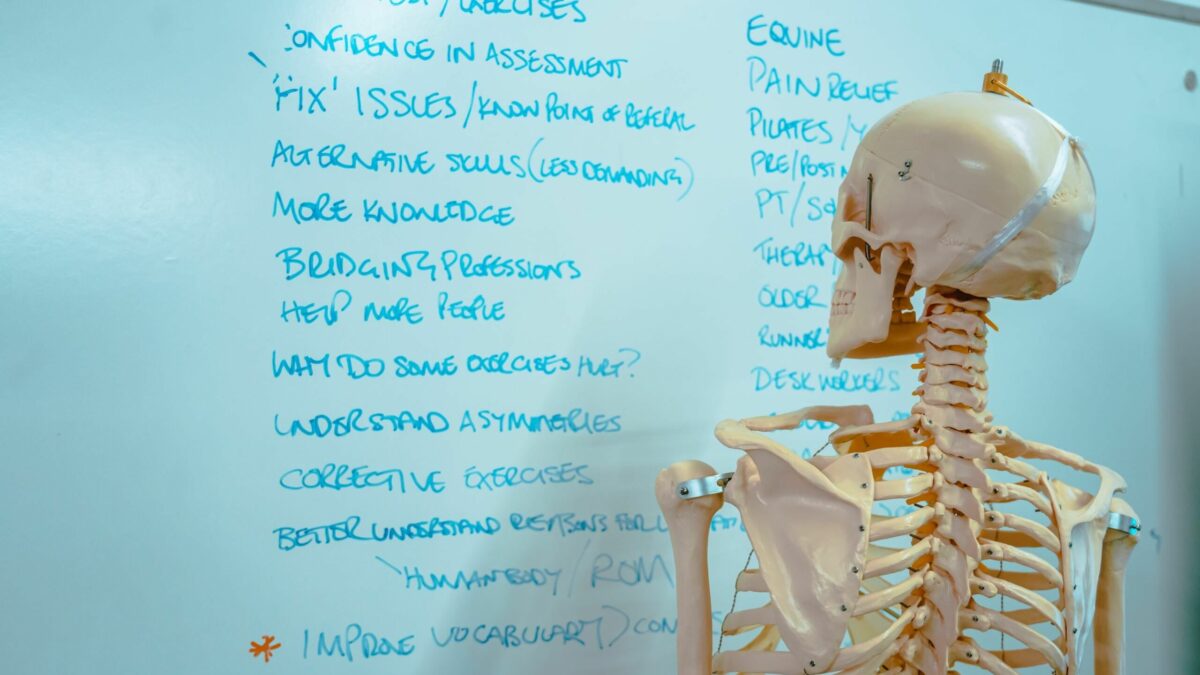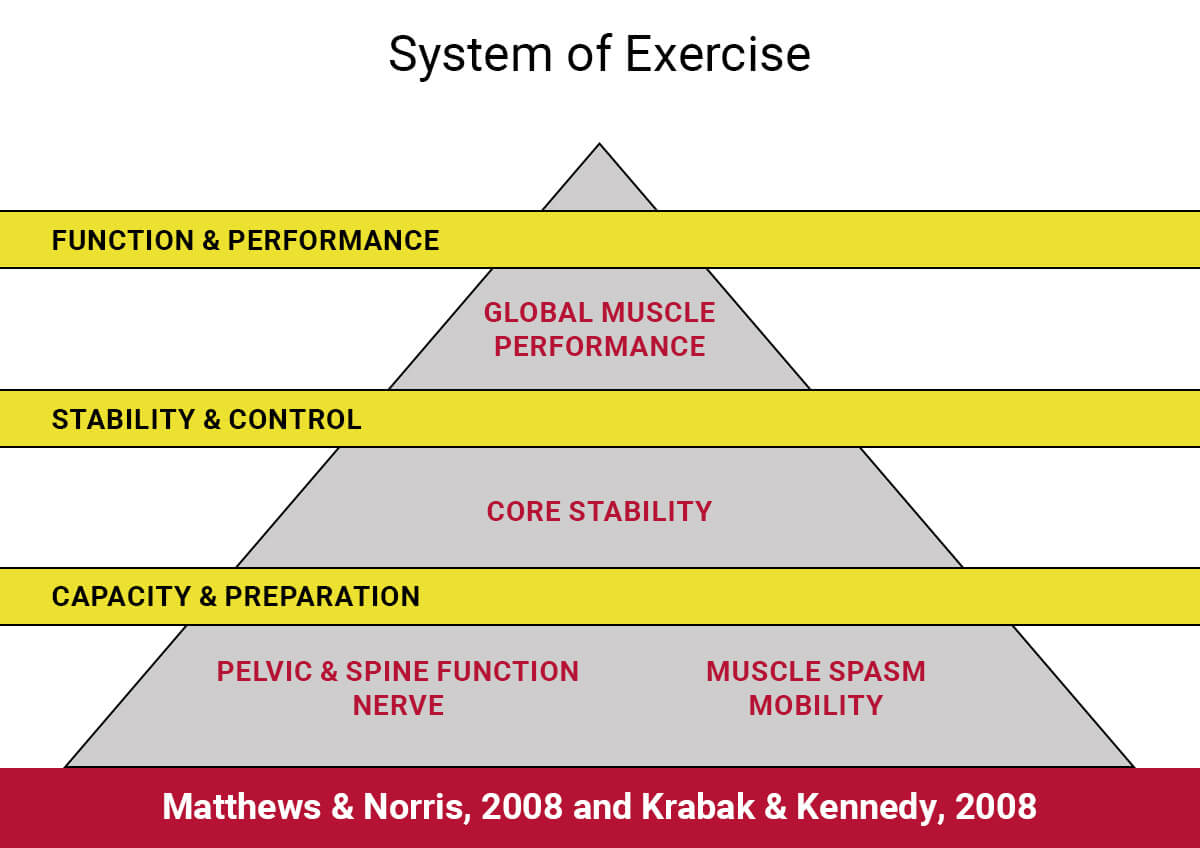



Understanding anatomy is a fundamental part of becoming a competent and confident Personal Trainer. Not only does it support the design of more effective workout programmes, but it also helps you identify movement limitations, improve client performance, and reduce the risk of injuries. Whether you’re starting out or levelling up, this guide explores the key anatomical knowledge that every PT needs to grasp and how to apply it practically in your client sessions.
When personal trainers study anatomy, they gain far more than theoretical insight. They learn to identify and explain the body’s structural organisation, understand how various systems interact, and most importantly, apply this understanding in practical, real-world settings. However, the learning curve can feel steep at first. It’s one thing to memorise diagrams of skeletons and textbook muscle maps, but another thing entirely to interpret how this knowledge applies to a diverse range of clients, each with unique anatomical variations.
This is where the concept of layered learning becomes so important. At Level 2, anatomy education focuses on broader muscle groups, such as the quadriceps and hamstrings. As trainers progress to Level 3, they dive deeper into the specific muscles within these groups, such as the vastus medialis, rectus femoris, and biceps femoris. With continued study and hands-on experience, trainers may learn of even more variations in anatomy, like the occasional presence of a fifth quadricep muscle, like the tensor vastus intermedius, highlighting that anatomy is rarely as fixed or straightforward as it may first appear.
These discoveries can cause some trainers to doubt their understanding. They might worry they don’t know enough or fear they’ll harm their clients due to gaps in their knowledge. But this is precisely where deeper learning and coaching support become crucial. Programmes like a Diploma in Biomechanics Coaching help restore confidence by shifting the focus from trying to name every muscle to understanding the actual movements clients perform, and how to support those movements effectively.
Rather than fixating on identifying individual muscles during complex movement, it’s often more beneficial to analyse joint actions and overall movement quality. In fact, even if we knew the exact muscle responsible for a specific movement anomaly, it wouldn’t necessarily change our intervention. What matters more is whether the movement is efficient, safe, and aligned with the client’s goals.
By observing how joints move, how muscles coordinate, and where compensations arise, personal trainers can make more meaningful and practical decisions during training sessions. This movement-based approach not only leads to better outcomes but also encourages a more intuitive understanding of anatomy, one that grows through observation, movement improvement, and reflection rather than rote memorisation.
To effectively coach movement and design smart training programmes, personal trainers must be fluent in how different muscles function. In the upper body, the pectorals are primarily responsible for pushing movements, such as those in a bench press or push-up, involving shoulder flexion, adduction, and internal rotation. The deltoids are involved in most arm movements, particularly overhead presses and lateral raises, contributing to abduction, flexion, and extension.
Pulling movements such as rows and pull-ups rely heavily on the latissimus dorsi, which assists in shoulder adduction and internal rotation. Meanwhile, the trapezius and rhomboids stabilise the upper back and scapula, offering good form and upper body positioning. The biceps and triceps, of course, are essential for elbow flexion and extension, playing key roles in both pushing and pulling actions.
In the core, the rectus abdominis supports trunk flexion and, more importantly, stabilisation through co-contraction with the thoracolumbar fascia. The obliques manage rotation and lateral flexion, but they also help resist undesired movement, making them vital in maintaining core control. At the deepest level, the transverse abdominis wraps around the waist like a corset, helping to stabilise the spine and pelvis during movement.
The lower body contains some of the most powerful and functional muscle groups. The quadriceps drive knee extension in exercises such as squats and lunges, while the hamstrings manage both knee flexion and hip extension, contributing significantly to movements like deadlifts and sprinting. Interestingly, the adductor magnus often acts like a “fourth hamstring” due to its role in similar movement patterns. The gluteus maximus is one of the most important muscles for hip extension and explosive force, supported by the gluteus medius and minimus, which manage abduction and hip stability. Finally, the calves, particularly the gastrocnemius and soleus, are responsible for plantar flexion, enabling propulsion during walking, running, and jumping.
An effective training programme goes far beyond simply targeting specific muscles. Personal trainers must evaluate movement quality using objective benchmarks, identifying imbalances, limitations, and compensatory movements that may affect performance or increase injury risk.
This might involve using movement screens or assessment tools that highlight where a client may lack movement quality, stability, or strength.
Preparation is key. Before progressing to complex movements, trainers can use isolated exercises and techniques such as muscle energy techniques (METs), joint mobilisation, and nerve mobilisation to improve movement quality. These preparatory steps lay the foundation for more integrated, functional training later on.
Equally important is antagonist conditioning, training opposing muscle groups to ensure joint stability and balanced strength development. For example, strengthening the hamstrings and glutes alongside the quadriceps helps maintain knee health. As clients progress, trainers should shift towards integrated, multi-joint, and multi-plane movements that reflect real-life demands and support the specific goals of the individual.
This pyramid approach to programming, starting with assessment and isolation, progressing through preparation and integration, ensures a comprehensive, client-centred path to performance and resilience.

Anatomy isn’t just a topic to tick off during your qualifications, it’s the foundation of everything you do as a Personal Trainer. From designing effective programmes and reducing risk of injury to understanding the subtleties of human movement, anatomical knowledge enables you to coach with precision and purpose.
As your experience grows, so too will your understanding. Don’t be discouraged by the complexity or the occasional uncertainty. Embrace it as part of the layered learning process. Focus on movement, stay curious, and keep expanding your skills through education and practice.
If you’re looking to enhance your understanding further, consider pursuing advanced courses in biomechanics, anatomy, and risk reduction. The more you know, the more confidently you’ll be able to help your clients move, perform, and live better.
For more tips and in-depth training insights, follow our blog and join our growing community of fitness professionals committed to lifelong learning and client success.